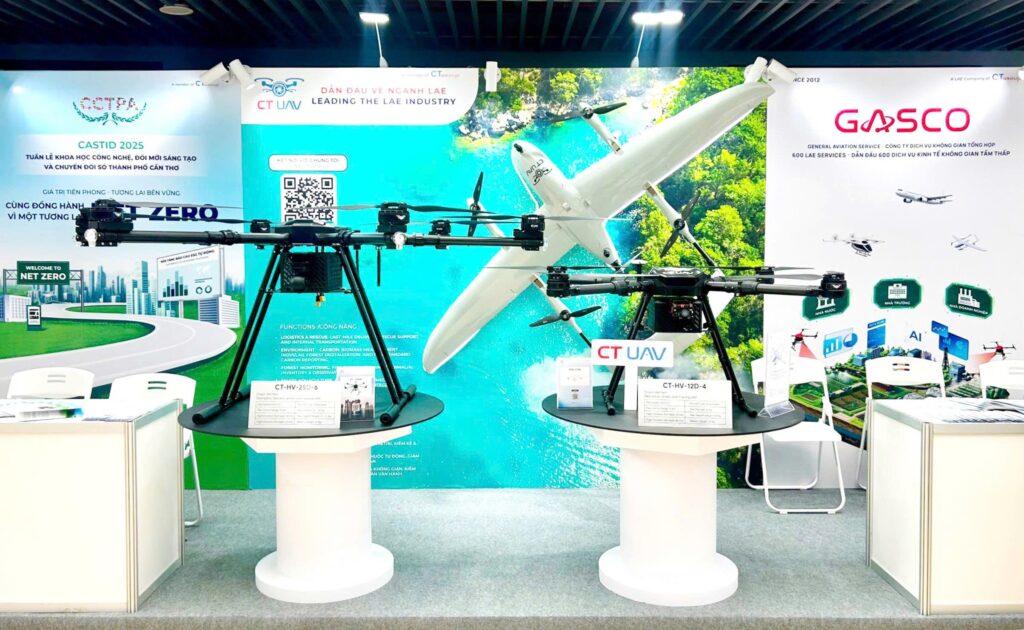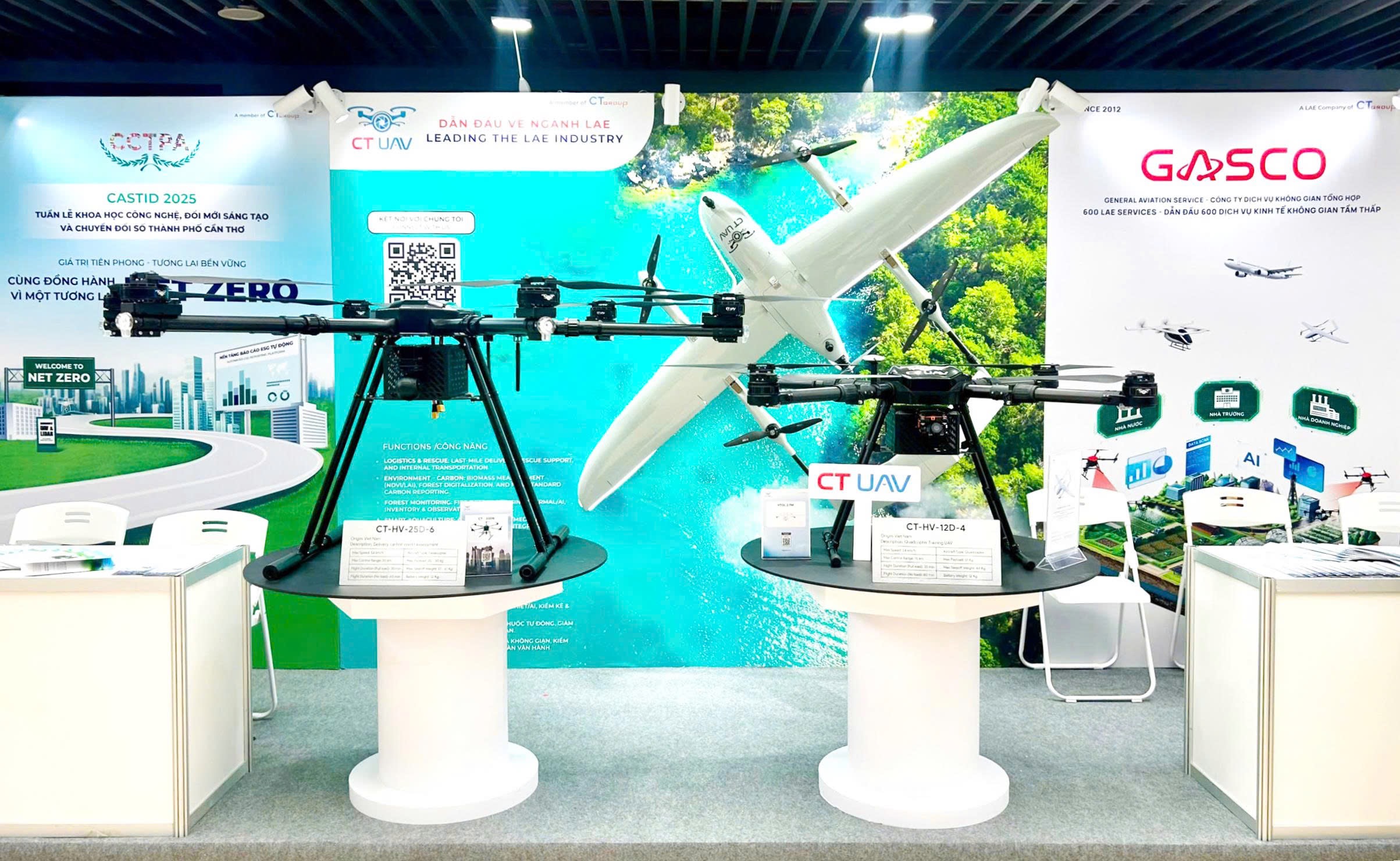The tragic fire that broke out at the Doc Lap housing project (Phu Tho Hoa Ward, Ho Chi Minh City) on the night of July 6 claimed the lives of 8 people, including 2 children. At the time, residents were seen making desperate phone calls for help, breaking down doors, and shouting for assistance. Fire trucks arrived promptly after the alarm was raised and extinguished the blaze in a relatively short time. Nevertheless, as media reports reveal, multiple on-the-ground obstacles severely hampered access and rescue efforts.
Metropolitan like Ho Chi Minh City and Hanoi are facing an alarming pattern: a series of serious fires breaking out in densely packed residential zones, narrow alleys, deep-set homes, and high-rise buildings – where rescue teams often struggle to gain access, leading to devastating losses in lives and property.
On February 9, 2025, a home in Phu Lam A housing project, District 6 (former), Ho Chi Minh City, suddenly burst into flames. Although 2 residents escaped in time, the house’s deep location within a residential maze forced fire trucks to approach from multiple directions, delaying control efforts. A similar scenario unfolded on February 23 in an alley off Nguyen Thi Minh Khai Street, District 3 (former). The fire spread rapidly, accompanied by thick black smoke and a pungent burning smell that engulfed the neighborhood within minutes, forcing residents to use fire extinguishers to gain initial control.
But not every incident ends with luck. On April 2, a violent fire erupted in a home in Xom Cui Ward, District 8 (former), killing 3 people. Firefighters struggled to access the site due to narrow alleys and the lack of emergency exits, while residents were unable to control the flames with local means.
Less than two weeks later, on April 13, another deadly blaze occurred in alley 14, lane 69, Trung Liet Street, Dong Da District (former), Hanoi, killing 2. The fire happened in a tightly packed, poorly ventilated alley, severely obstructing initial rescue efforts.
On April 28, a pre-dawn fire in Hoang Mai District (former), Hanoi, took 3 more lives. The house, deep in a narrow lane with no emergency exit, was engulfed in flames within minutes. The very next day, on May 26, another home in an alley off Mai Van Vinh Street, District 7 (former) , Ho Chi Minh City, caught fire. Despite initial efforts from neighbors, the fire quickly spread due to the confined space and poor access.
The issue extends beyond alleyway homes. On May 25, a major blaze tore through an apartment building in Xuan Dinh, Bac Tu Liem District (former), Hanoi. Flames and thick black smoke rose several stories high, visible for kilometers. Residents panicked and scrambled to escape through the smoke and flames as urgent fire engine sirens echoed through the night. On June 20, yet another major fire struck a mini-apartment building in alley 16, lane 79, An Duong Vuong, Tay Ho District (former). Within minutes, thick smoke engulfed upper floors, forcing some residents to flee downstairs while others climbed to rooftops for rescue.
Most recently, the tragic fire at Doc Lap housing project in Phu Tho Hoa Ward, Ho Chi Minh City on the night of July 6 claimed 8 lives, once again sounding the alarm on the critical importance of proactive prevention and timely response in fire emergencies.
Reality paints a dire picture, in metropolitan like Ho Chi Minh City and Hanoi, thousands of homes, tube houses, and aging apartment complexes sit deep within narrow alley systems or lack proper fire exits. Poor on-site fire safety, combined with high population density, turns these areas into “blind spots” for fire prevention. Ground crews are often blocked by motorbikes, tangled wires, or alley entrances. Even when arriving quickly, deploying ladder trucks or specialized gear becomes almost impossible due to tight spaces.
The issue now lies not only in response speed, but in the ability to carry out an effective response under real-world conditions. This highlights the need for an additional, more flexible emergency response layer, especially from above, in densely populated neighborhoods and narrow alleys common in major cities.

Cities need an aerial emergency response layer via UAVs
It is not difficult to find information about the use of UAV for firefighting in many major cities around the world. This aerial emergency tier is proving valuable in both firefighting and rescue missions. In Shenzhen (China), firefighting drones can reach high floors, break windows, and spray CO₂ directly into fires within 2 minutes. In Seoul (South Korea), UAV equipped with thermal cameras locate trapped individuals in crowded neighborhoods. In Dubai, UAV squads are already integrated into the city’s rapid-response systems.
These technologies don’t replace ground units but “buy” precious time in the critical early minutes, potentially stopping fires from spreading or rescuing trapped victims faster.
Helicopters are another option, but given urban infrastructure limitations and high costs, firefighting UAV offer a far more viable path. Accordingly, Ho Chi Minh City and Hanoi in particular and major urban centers in general are fully capable of taking the lead, at the very least by piloting UAV firefighting units in densely populated areas filled with narrow alleys and a web of aging buildings.
The tragic Doc Lap housing project fire forces us to ask: What if a drone had arrived just a few minutes earlier to detect victims, clear barriers, and spray CO₂ into the fire’s core? Could 8 lives have been saved?
Today, technology is available. Equipping and deploying life-saving tools is no longer an insurmountable challenge, especially in increasingly crowded and vertical cities. We’ve had enough rounds of “learning from experience.” Now is the time for change. Saving lives cannot depend solely on sirens struggling to cut through the noise of a 14-million-strong metropolis.








